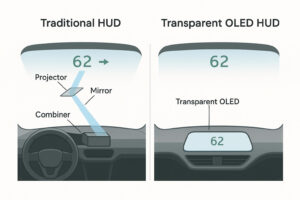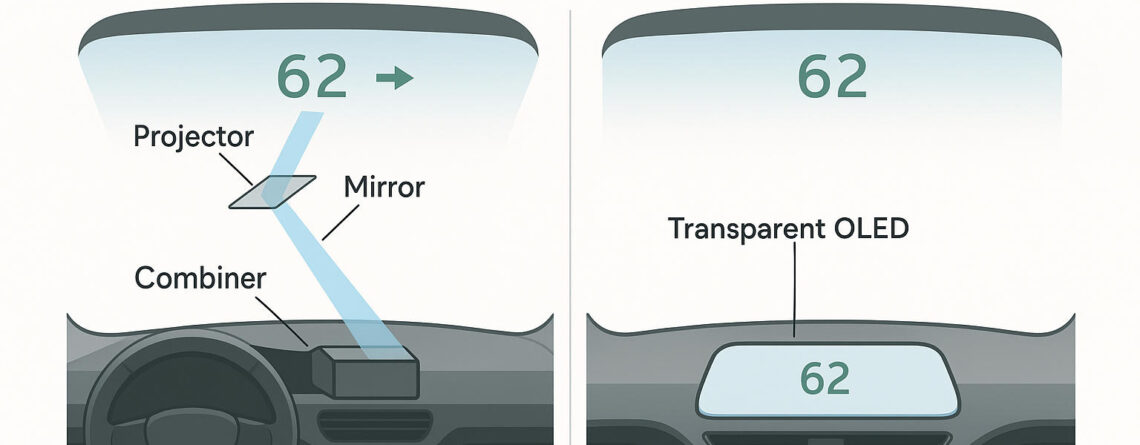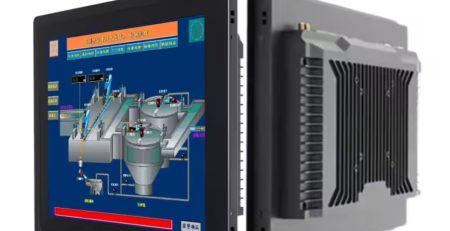With the growing demand for immersive and safer driving experiences, Head-Up Displays (HUDs) have become an integral part of modern vehicle interfaces. Traditionally, HUDs rely on TFT-LCD or DLP projection systems, which reflect images onto the windshield or a separate combiner. So Transparent OLED is very important,

Although effective, such systems are limited by bulky optics, narrow fields of view, and poor readability under direct sunlight. As a result, their integration often compromises design flexibility and visual performance.
Now, with the emergence of Transparent OLED (Organic Light-Emitting Diode) technology, a fundamentally new HUD paradigm is unfolding—one that leverages self-emission, ultra-thin form factors, and superior contrast.
Going beyond projection, transparent OLED panels can be embedded directly into the dashboard or steering console, enabling real-time display of navigation, speed, and safety alerts without obstructing road visibility.
Just as importantly, OLED’s per-pixel dimming and wide color gamut enhance performance in bright environments, eliminating the common grayscale washout seen in conventional HUDs.
In contrast to traditional systems with complex light paths, OLED panels offer high transmittance (up to 45%, as seen in LG Display’s commercial units), ensuring clarity even under challenging ambient lighting.
A key benefit lies in reduced system complexity—transparent OLED eliminates the need for external projectors, mirror assemblies, or bulky combiner optics.
Managing ambient interference remains a challenge, particularly mirror reflections on transparent substrates in sunlight. Advanced solutions include nano-scale anti-reflection coatings and adaptive brightness compensation algorithms.
Engineering teams are also addressing the thermal and longevity concerns associated with OLEDs, especially the shorter lifespan of blue emitters, by deploying RGBG layouts, graphene-based cooling, and pixel-shift technologies.
Naturally, system reliability is essential. To meet ASIL-B functional safety levels, redundancy is built in through dual power lines and pixel-level fault detection mechanisms.
Going forward, transparent OLED HUDs are set to evolve from static displays to interactive surfaces. Touch-sensitive OLED layers and haptic feedback will allow drivers to interact with projected content intuitively and safely.





